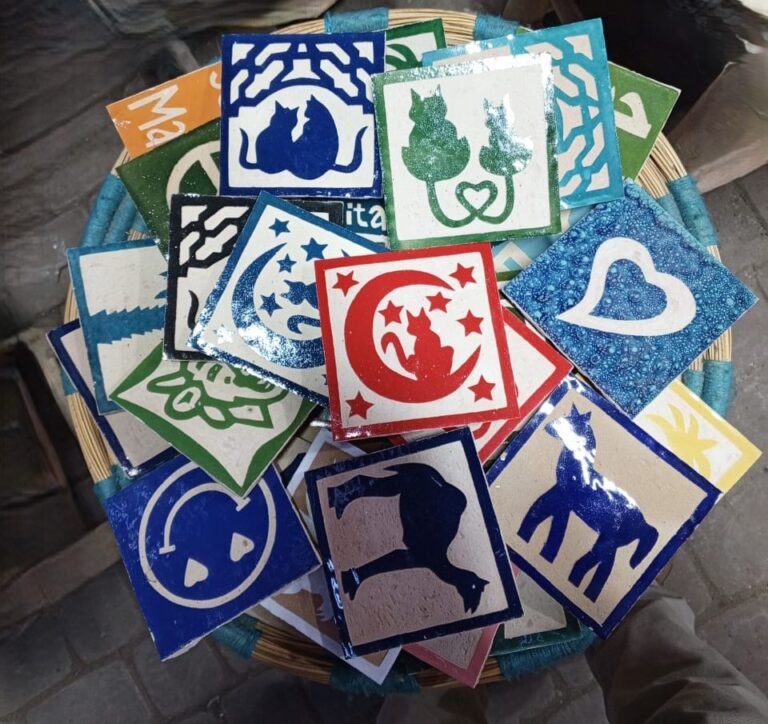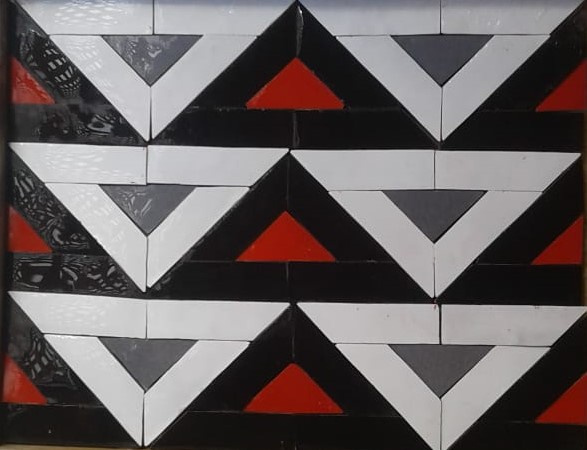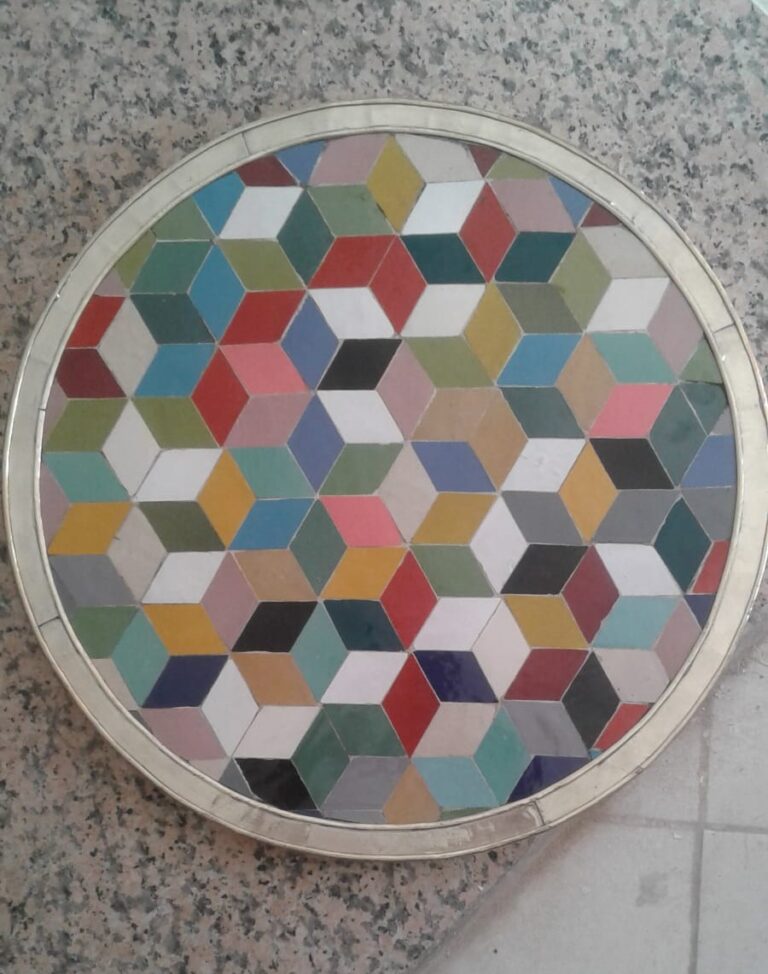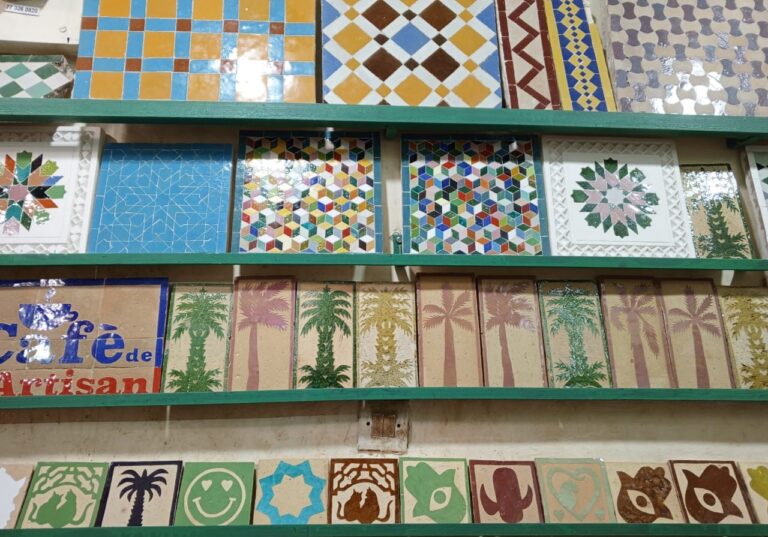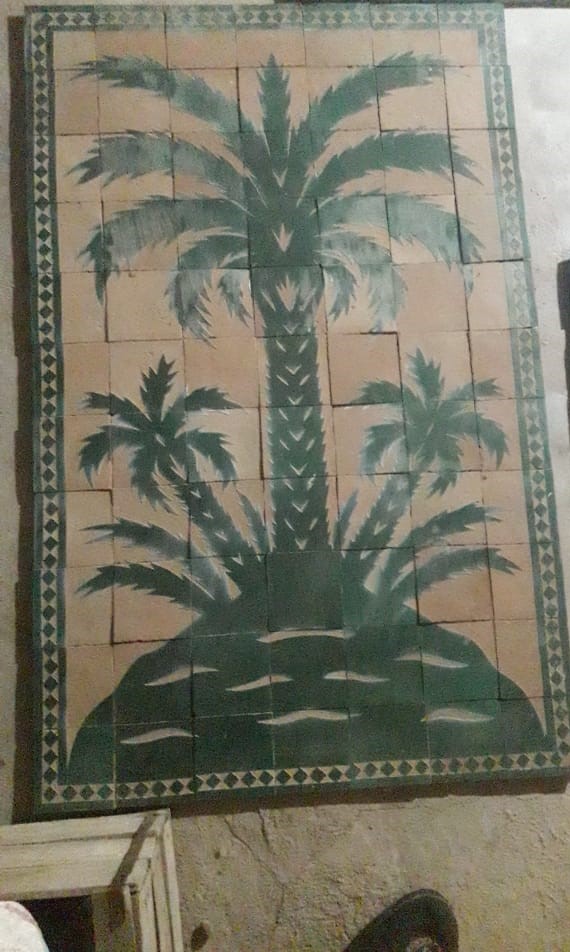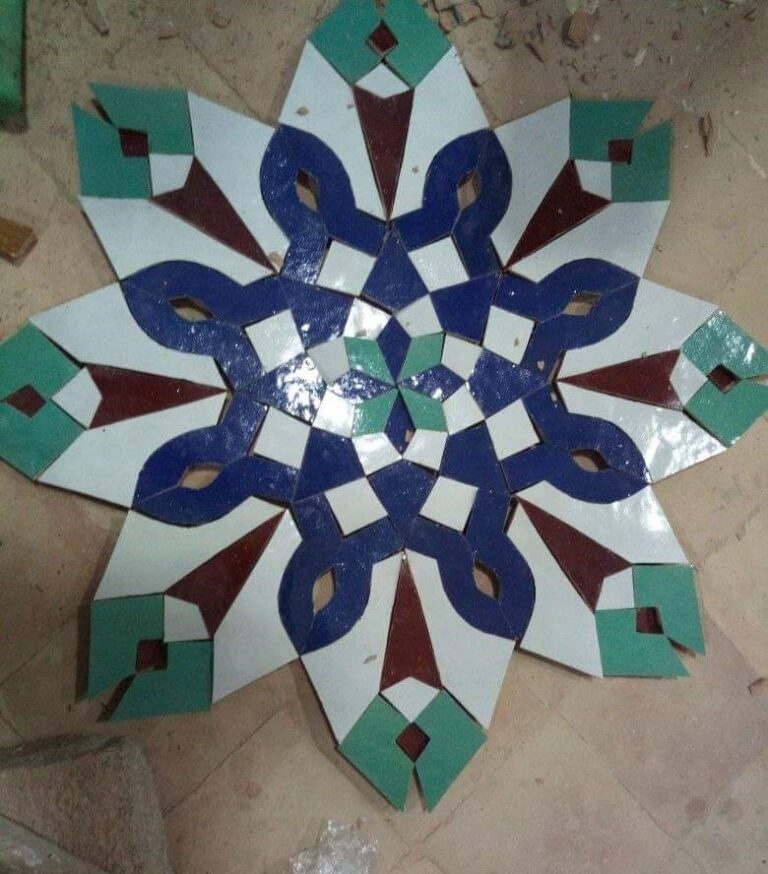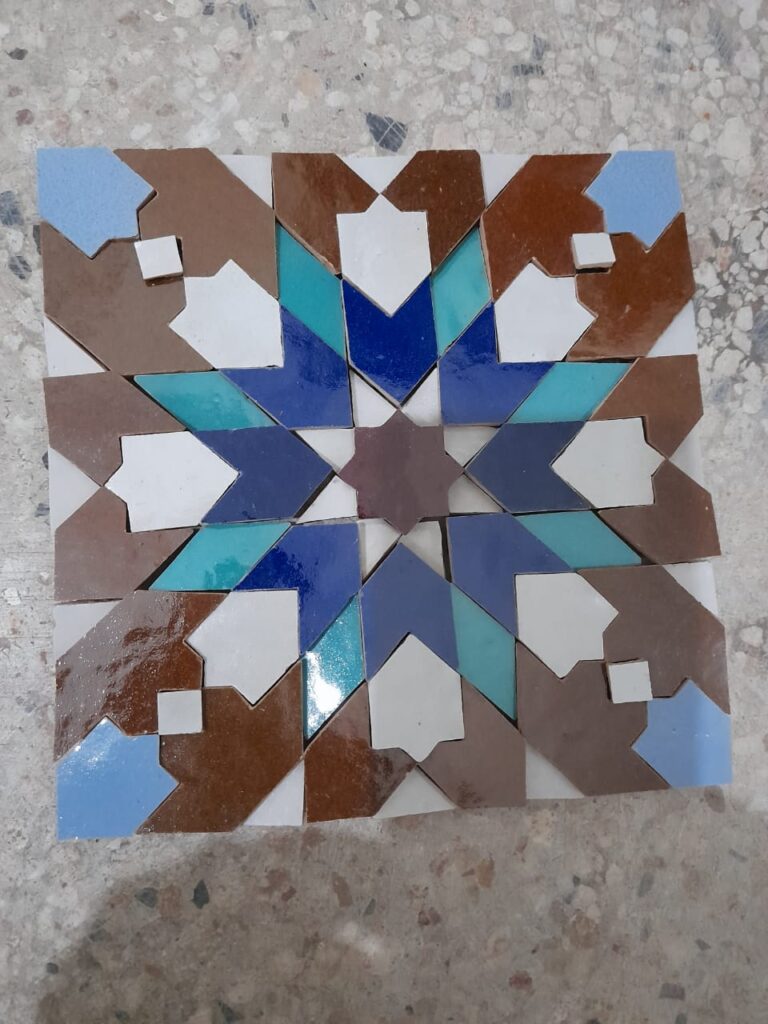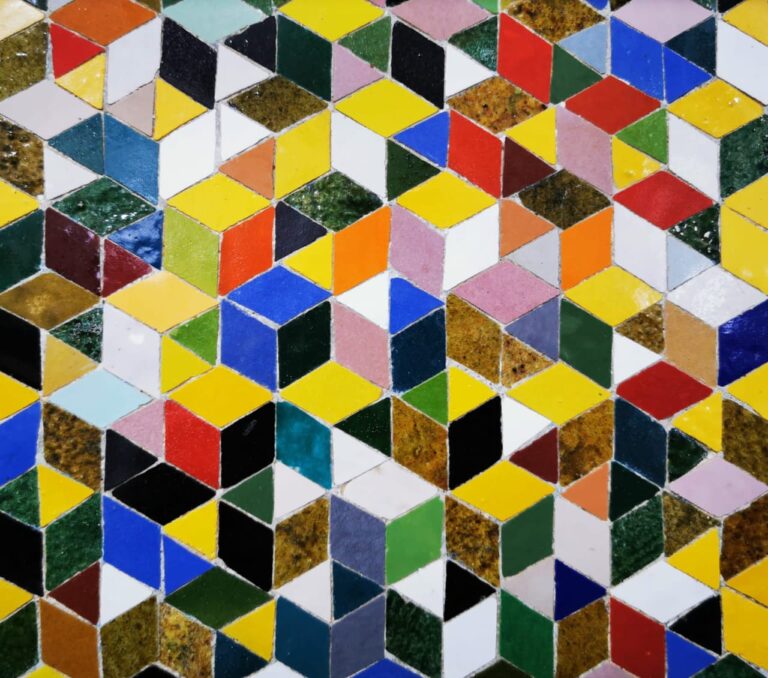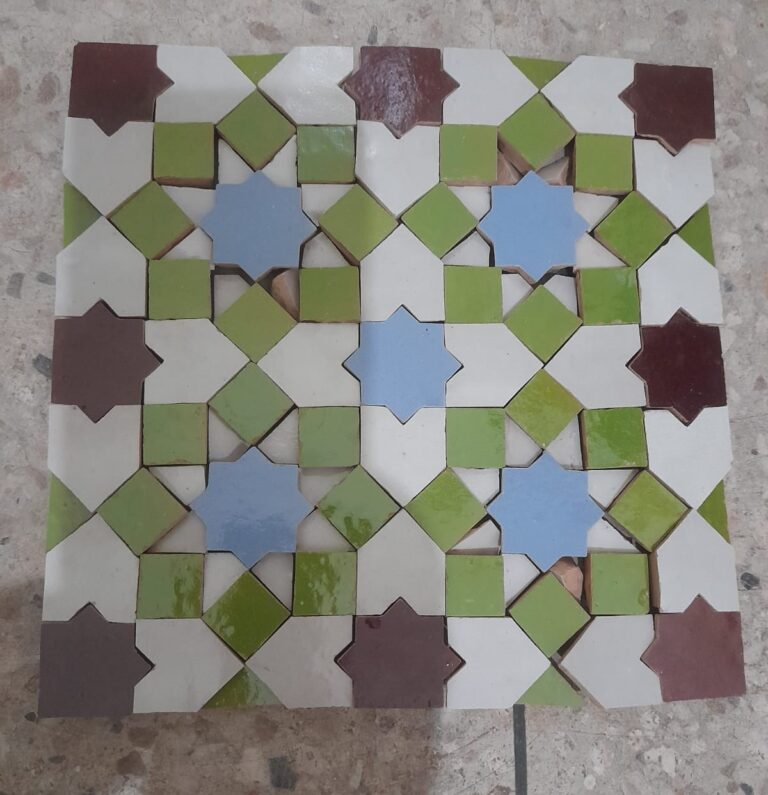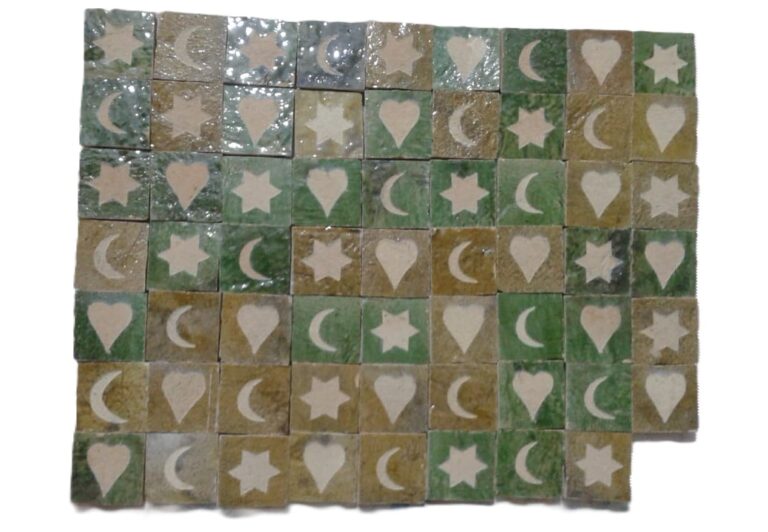Our Projects
Engraving trademarks on Moroccan tiles
Engraving trademarks or specific designs on Moroccan tiles, particularly zellige tiles, involves a blend of traditional craftsmanship and modern techniques.
Customization Process:
Traditionally, zellige tiles are handcrafted with geometric patterns and vibrant colors. To engrave a trademark or specific design onto these tiles, artisans typically start with a clay base prepared for zellige production.
Design Preparation:
The trademark or design is first prepared digitally or by hand. This includes ensuring the design fits within the geometric constraints of zellige patterns, which often involve interlocking shapes and repetitive motifs.
Engraving Technique:
Once the zellige tiles are shaped and fired, the engraving process begins. Artisans may use traditional tools such as chisels or modern equipment like laser engraving machines. The choice of technique depends on the intricacy of the design and the desired level of detail.
Accuracy and Precision:
Engraving on zellige tiles requires a high level of precision to maintain the integrity of the tile's surface and ensure the design is faithfully reproduced. Skilled artisans meticulously carve or etch the trademark into the glazed surface of the tile.
Glaze and Finish:
Glaze and Finish:
After engraving, the tile may undergo additional glazing or finishing processes to protect the engraved design and enhance its visual appeal. This step ensures durability and longevity while maintaining the aesthetic quality of the tile.
Application and Use:
Engraved zellige tiles can be used in various architectural applications, such as decorative panels, flooring, or wall cladding. They add a personalized touch to spaces while celebrating the artisanal heritage of Moroccan tile-making.
Cultural and Artistic Context:
Engraving trademarks on Moroccan tiles, including zellige, not only serves practical purposes but also contributes to the preservation and promotion of cultural traditions. It blends ancient craftsmanship with contemporary design needs, reflecting the timeless beauty and versatility of Moroccan tile art.
In summary, engraving trademarks on Moroccan tiles involves a specialized process that respects both the artisanal techniques of zellige production and the modern requirements for customization and personalization in architectural design.

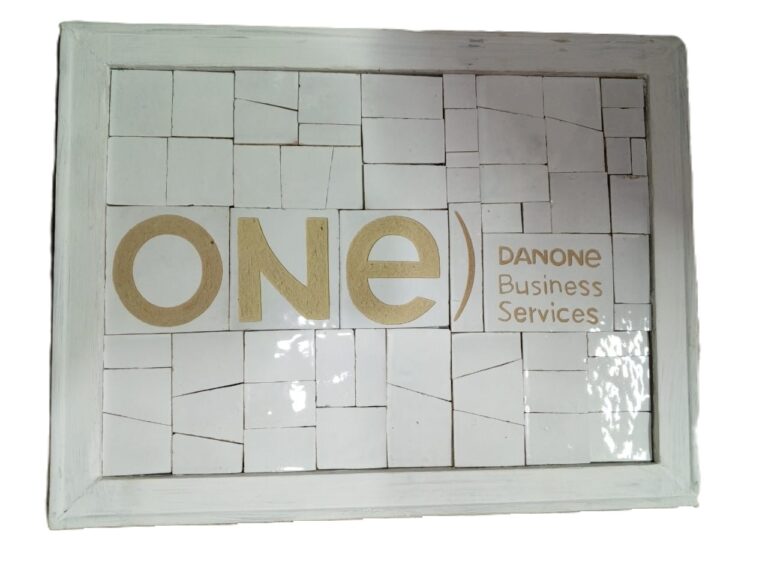


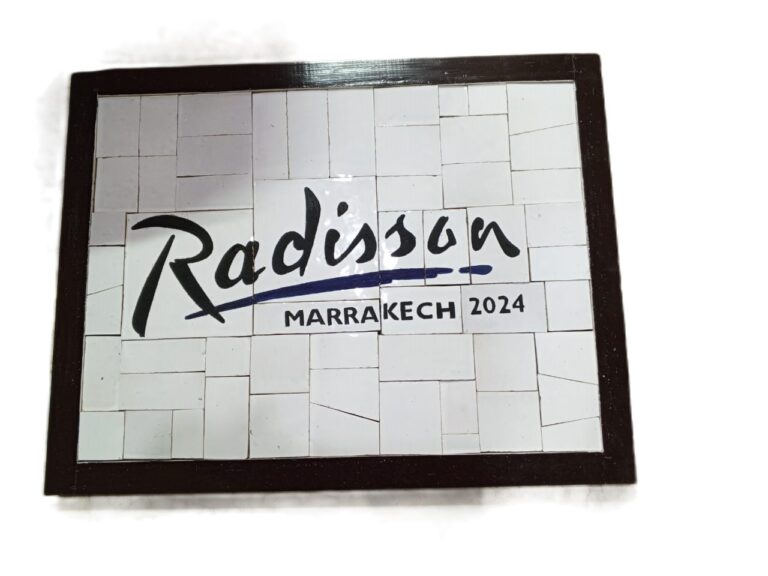










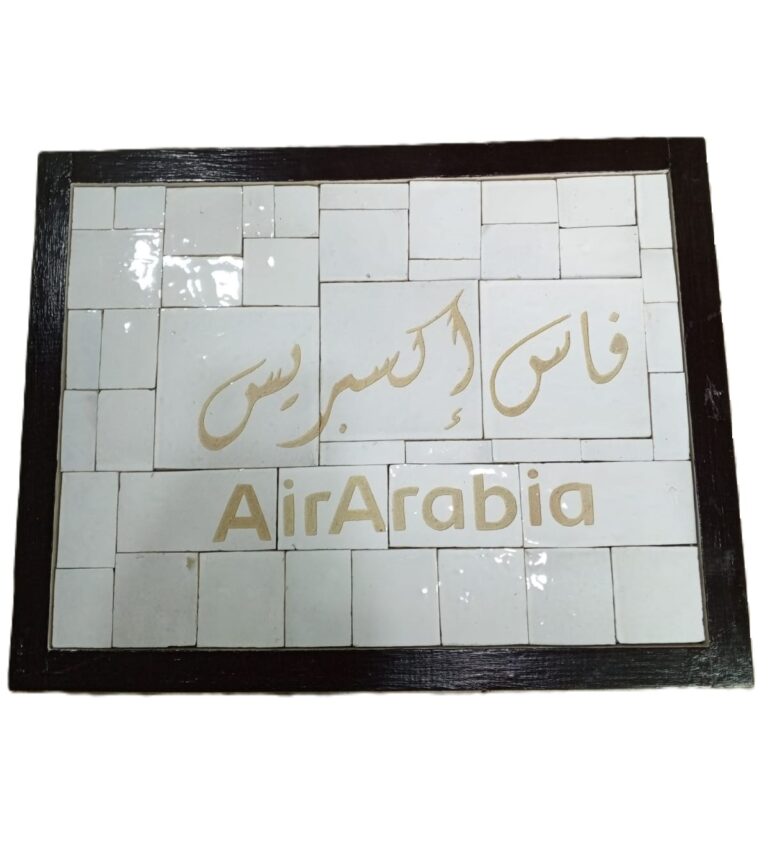
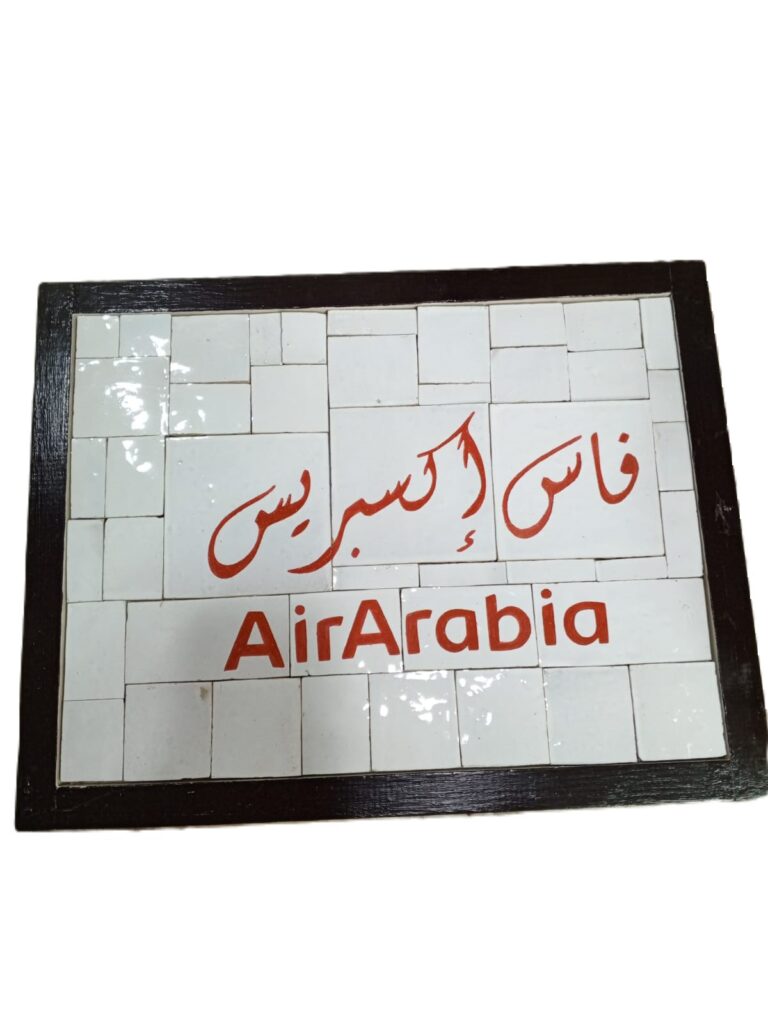
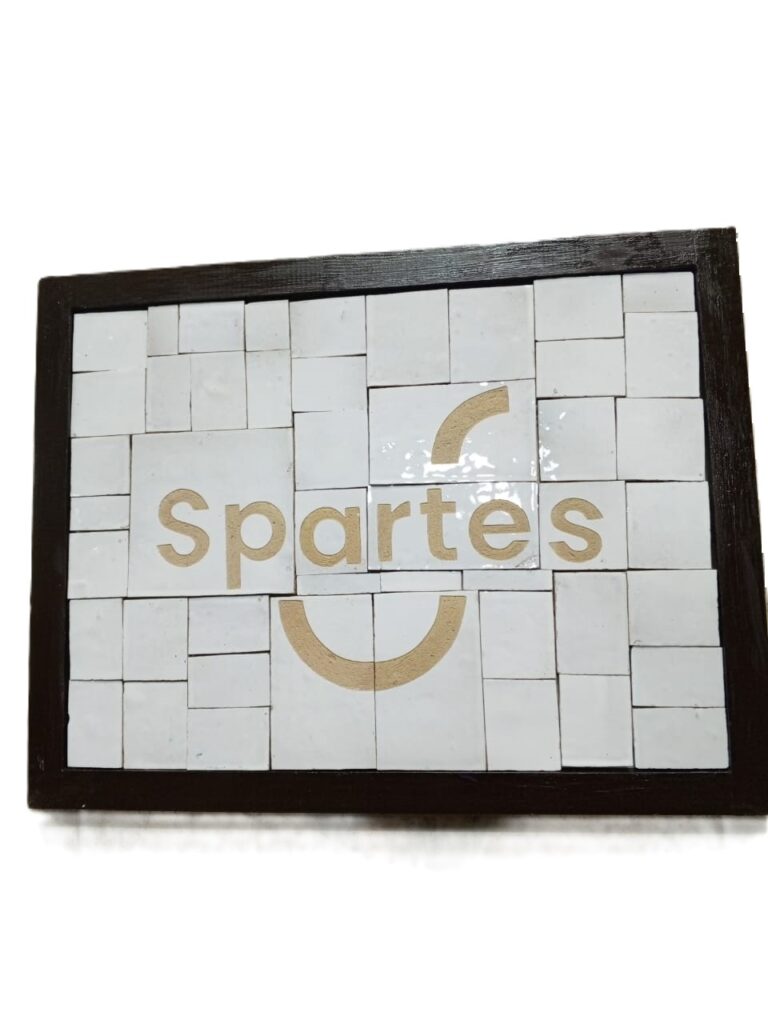


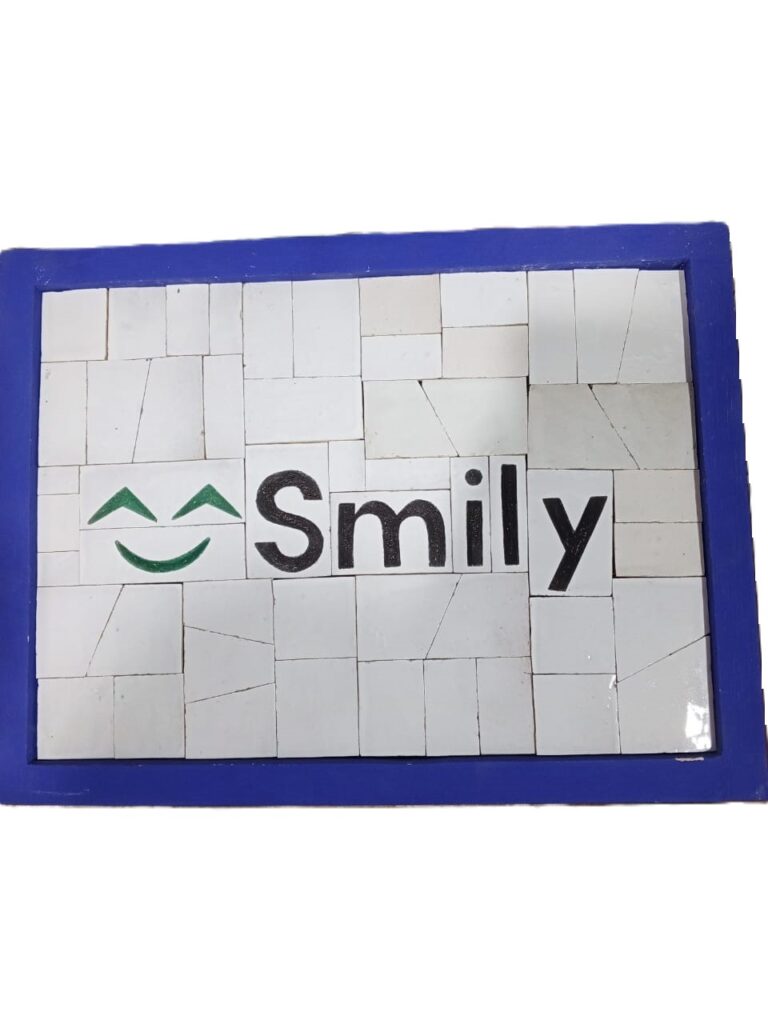
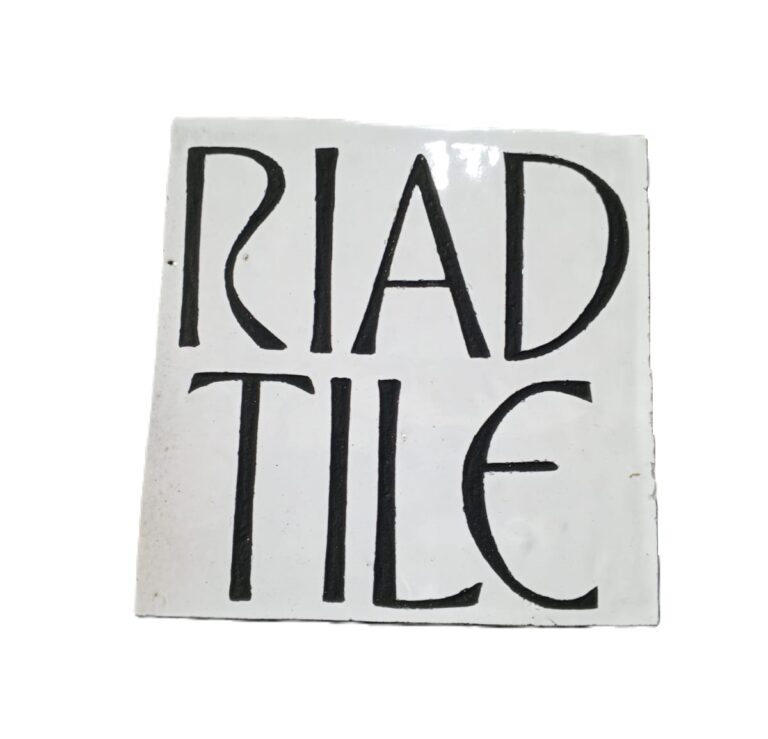


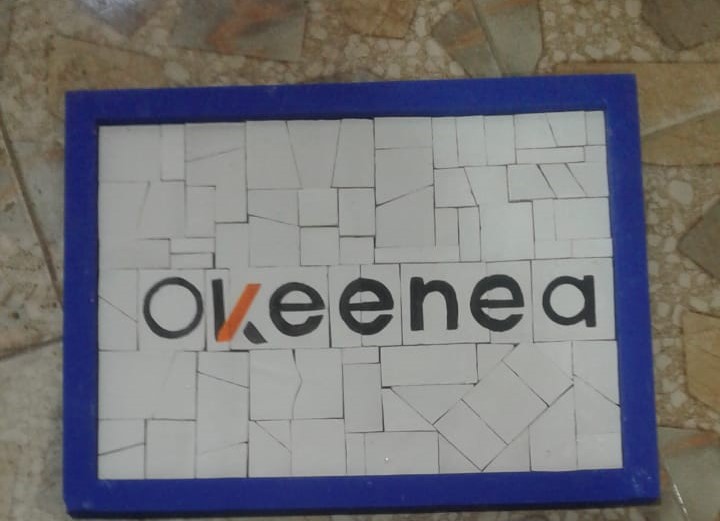

Decorating tables with Moroccan tiles
Decorating tables with Moroccan tiles brings a vibrant and exotic touch to any space. Moroccan tiles are known for their intricate geometric patterns and vivid colors, often featuring combinations of blues, greens, yellows, and reds.
Exotic Patterns:
Moroccan tiles are renowned for their mesmerizing geometric designs, which can include intricate mosaics, arabesques, and symmetrical patterns. These patterns often reflect traditional Moroccan motifs and can vary from simple to highly detailed.
Vivid Colors:
The color palette of Moroccan tiles is rich and bold, incorporating hues like cobalt blue, turquoise, emerald green, terracotta, and vibrant oranges. These colors can instantly enliven a table setting and add depth to the decor.
Handcrafted Aesthetic:
Authentic Moroccan tiles are typically handcrafted by skilled artisans, giving each tile a unique character and imperfections that enhance their charm and authenticity.
Cultural Elegance:
Incorporating Moroccan tiles into table decor not only adds a decorative element but also brings a sense of cultural elegance and worldly sophistication to the space.
Durability and Maintenance:
Moroccan tiles are often made from ceramic or cement, making them durable and suitable for use on tables. They are relatively easy to clean and maintain, requiring regular wiping with a damp cloth to preserve their beauty.
Overall, decorating tables with Moroccan tiles is a fantastic way to infuse your space with color, pattern, and a touch of exotic flair, creating a visually stunning and culturally rich ambiance.









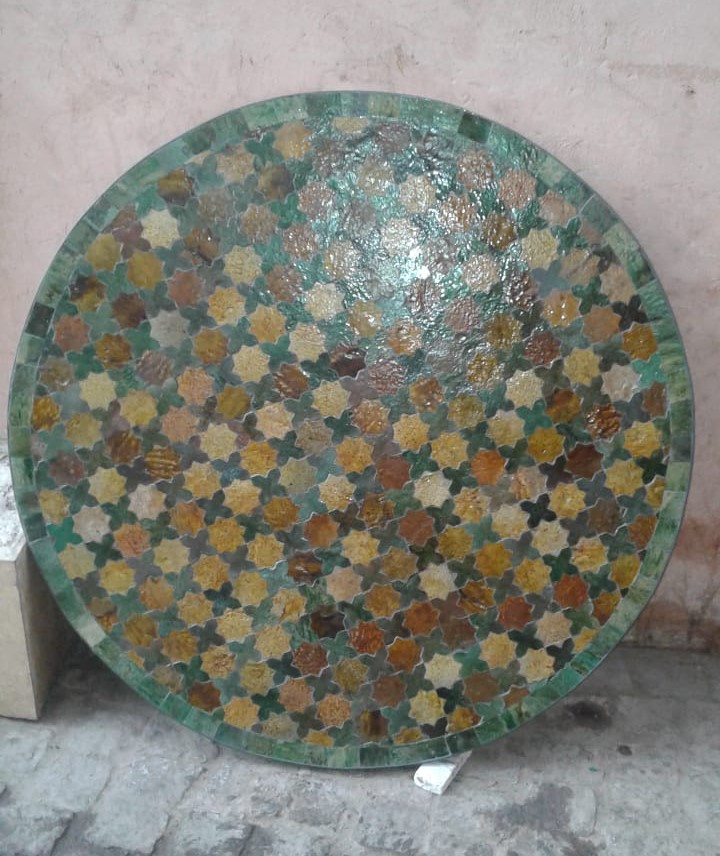

















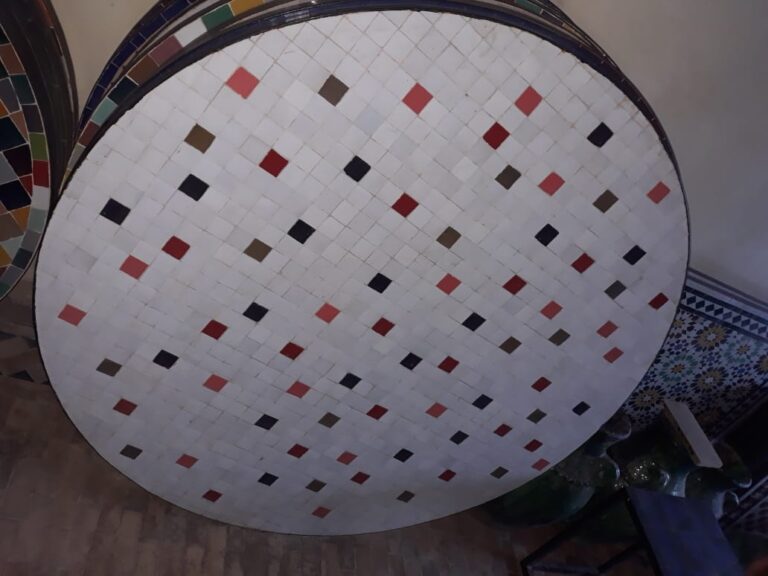




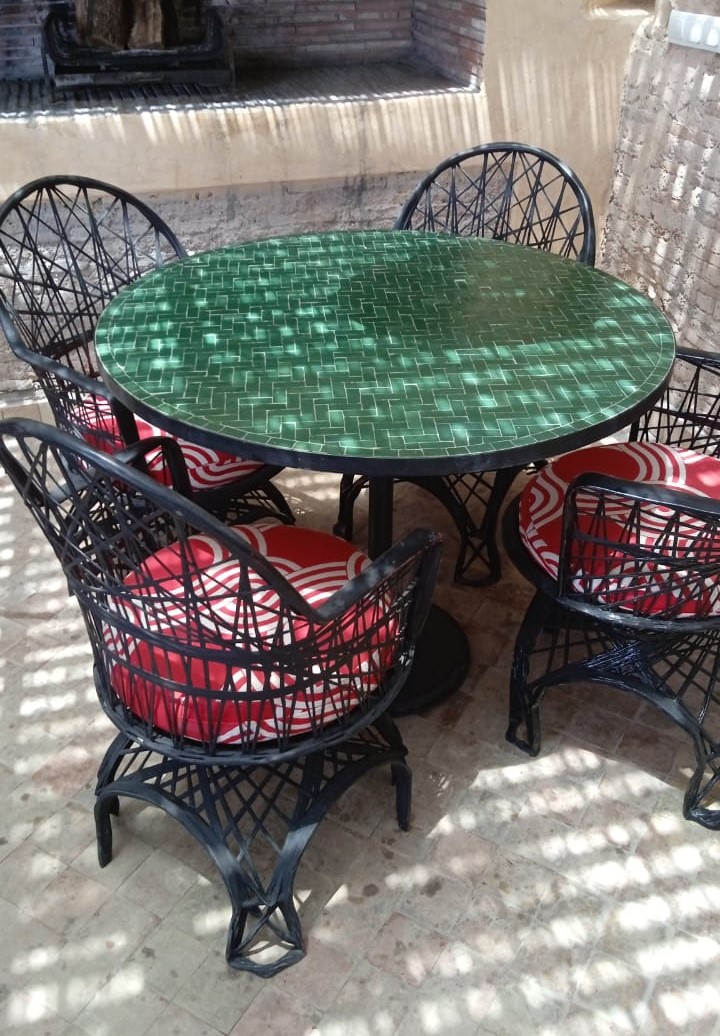




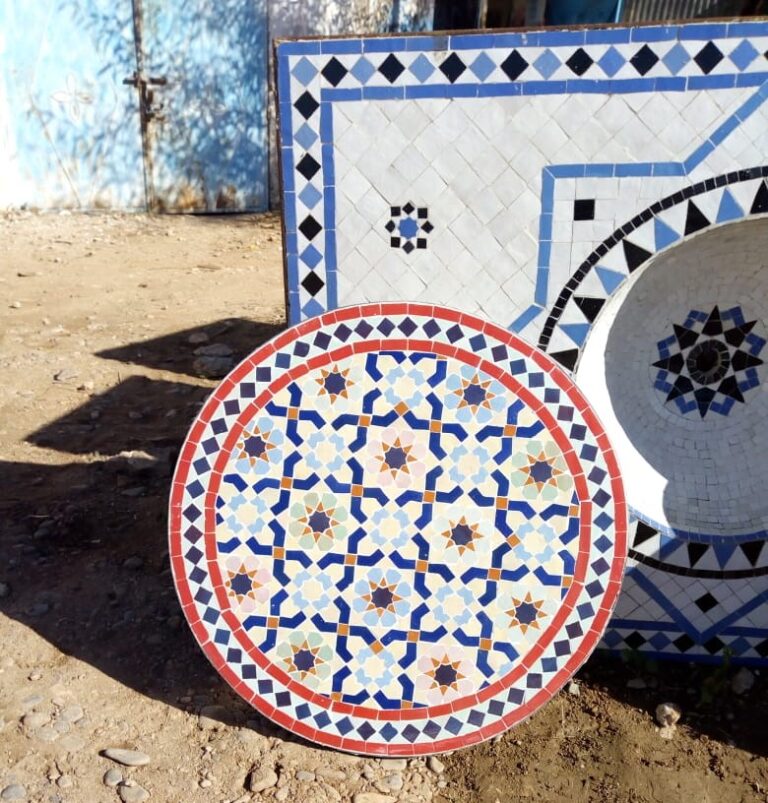

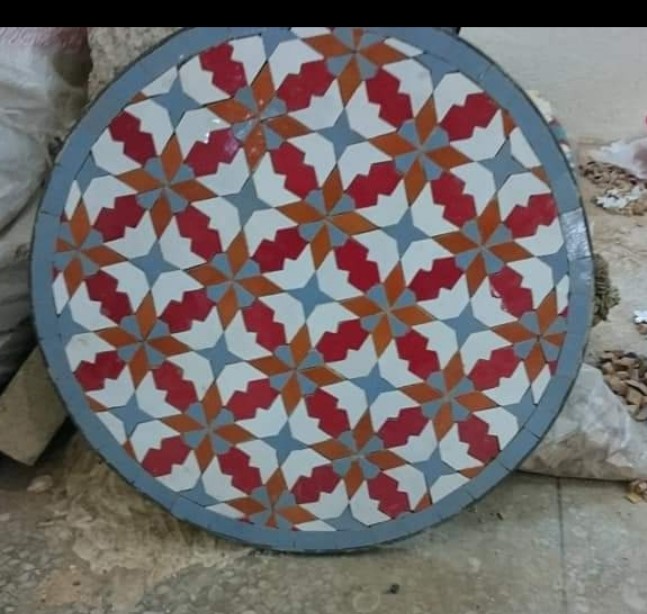
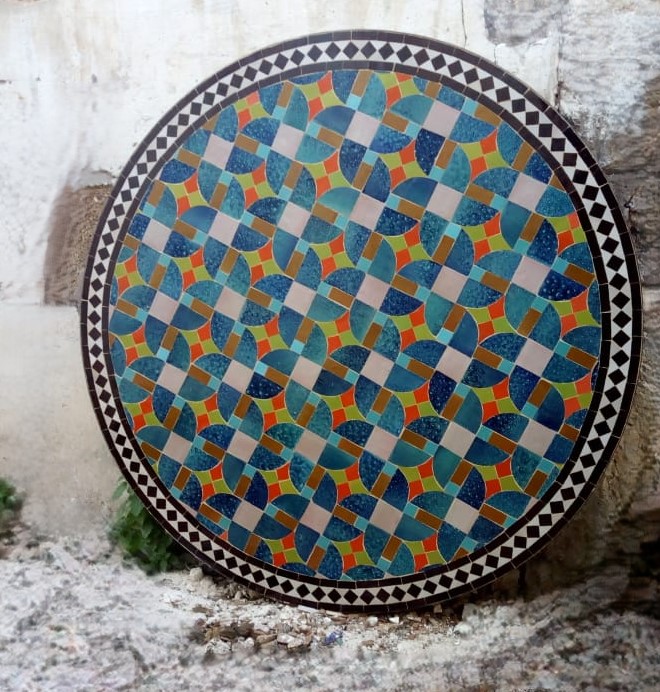
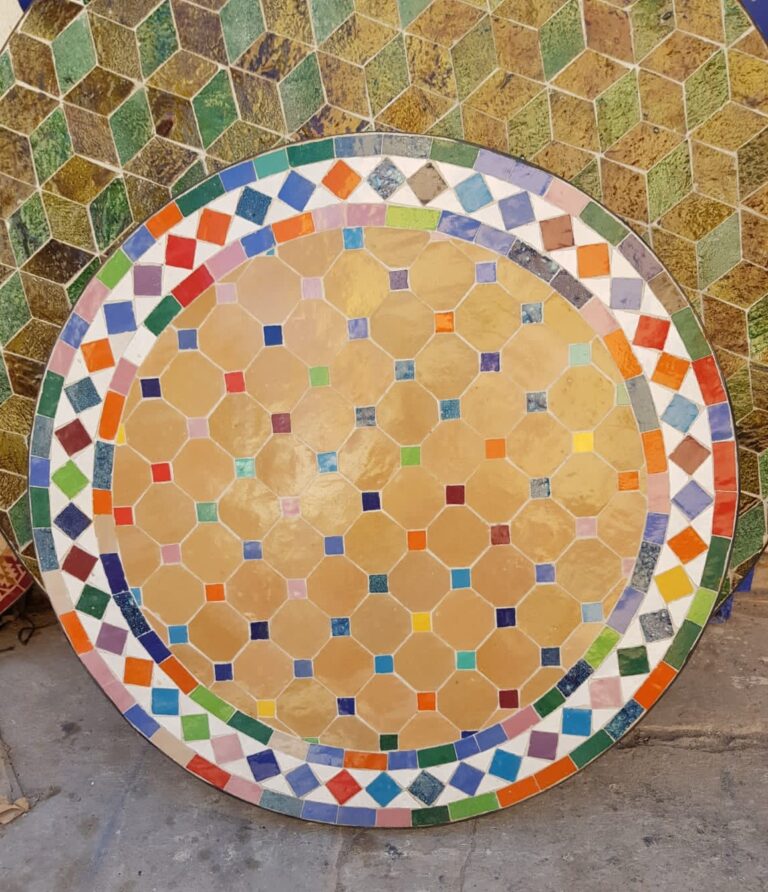







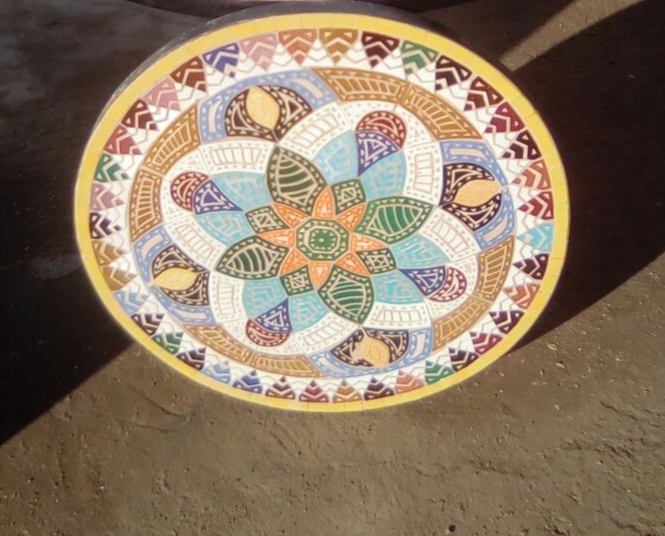























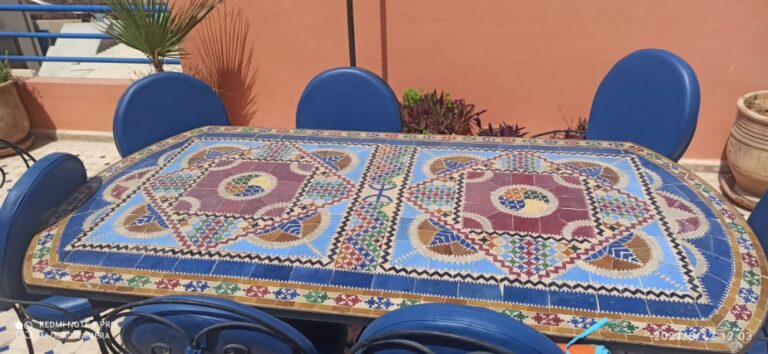




Engraving addresses and house numbers on Moroccan tiles
Engraving addresses and house numbers on Moroccan tiles can be a beautiful and personalized way to mark your home.
Engraving addresses and house numbers on Moroccan tiles involves a delicate and skilled process that blends traditional craftsmanship with practical utility.
Tile Selection:
Start with selecting the appropriate Moroccan tile that suits the aesthetic and size requirements for displaying the address or house number.
Design and Layout:
Plan the design and layout of the address or house number on the tile. This involves considering the size of the tile and the visibility of the engraving.
Engraving Technique:
Moroccan tiles are often made of ceramic or clay, which require careful handling during engraving. The engraving can be done using traditional tools such as chisels .
Handcrafted Detailing:
If done by hand, skilled artisans meticulously carve the numbers or letters into the tile’s surface. This process ensures that the engraving is clear and durable, capable of withstanding outdoor elements.
Finishing Touches:
Once engraved, the tile may undergo additional processes such as glazing or sealing to protect the engraving and enhance the tile’s appearance.
Installation:
Finally, the engraved tile can be installed either as part of a larger mosaic or individually on the façade of the building, providing a unique and personalized touch to the home’s exterior.
Overall, engraving addresses and house numbers on Moroccan tiles not only serves a practical purpose but also celebrates the rich artistic heritage of Moroccan craftsmanship, making each tile a distinctive piece of functional art.










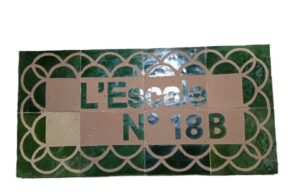

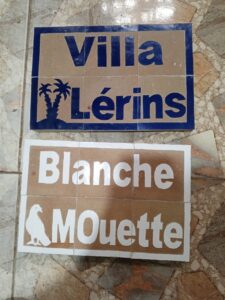

Engraving gifts and souvenirs on Moroccan tiles
Engraving gifts and souvenirs on Moroccan tiles involves a process that combines traditional craftsmanship with artistic flair, resulting in unique and culturally rich pieces.
Imagine intricate patterns and vibrant colors adorning smooth, glazed Moroccan tiles. Each tile, typically made of terracotta or ceramic, serves as a canvas for skilled artisans to create stunning engravings. The designs often draw inspiration from Morocco’s rich cultural heritage, featuring geometric patterns, arabesques, and motifs that reflect centuries of Islamic artistry.
Artisans meticulously carve these designs into the tiles using specialized tools, a process that requires precision and patience. The engraved lines create a depth and texture that enhance the visual appeal of the tiles, making them both decorative and tactile. Some designs incorporate traditional symbols like the eight-point star, floral arabesques, or calligraphic elements that spell out blessings or quotes.
These engraved tiles are not only functional but also serve as cherished gifts and souvenirs. They capture the essence of Moroccan craftsmanship and make for memorable presents that celebrate the country’s artistic traditions. Whether displayed as wall art, used as trivets or coasters, or integrated into architectural projects, Moroccan engraved tiles add a touch of elegance and cultural richness to any space.
In summary, engraving gifts and souvenirs on Moroccan tiles is a testament to the enduring beauty and craftsmanship of Moroccan art, offering unique pieces that blend tradition with contemporary aesthetics.



